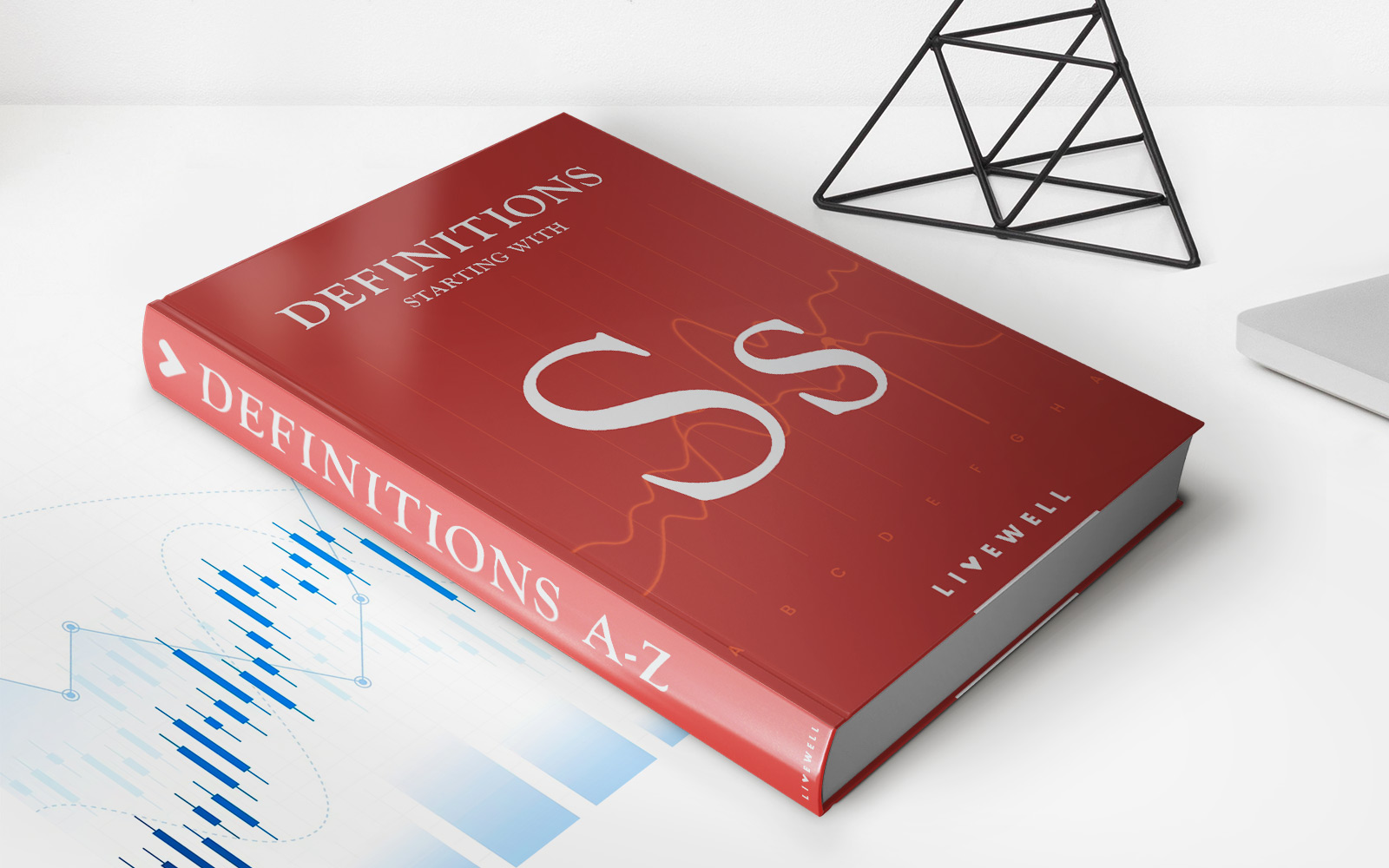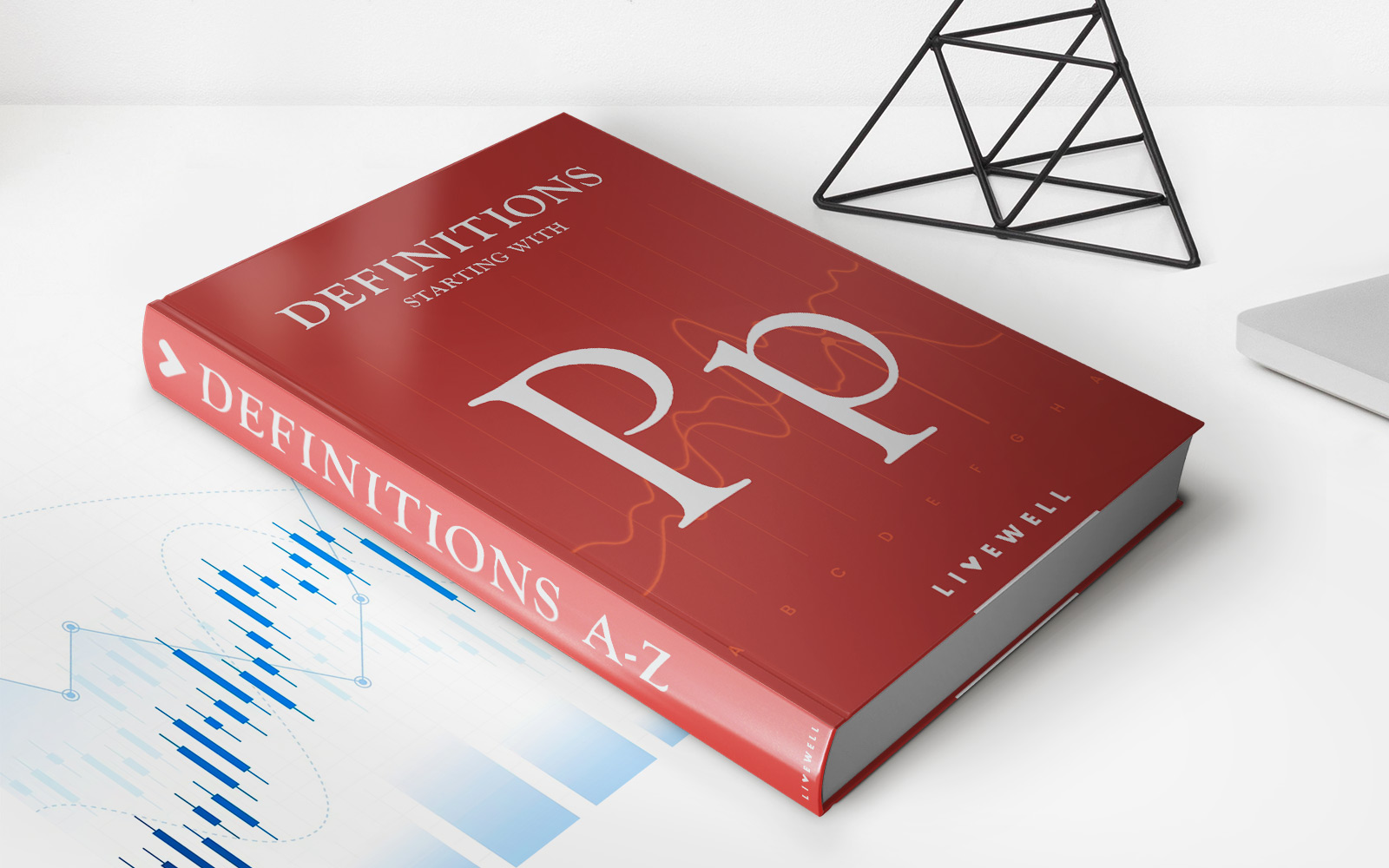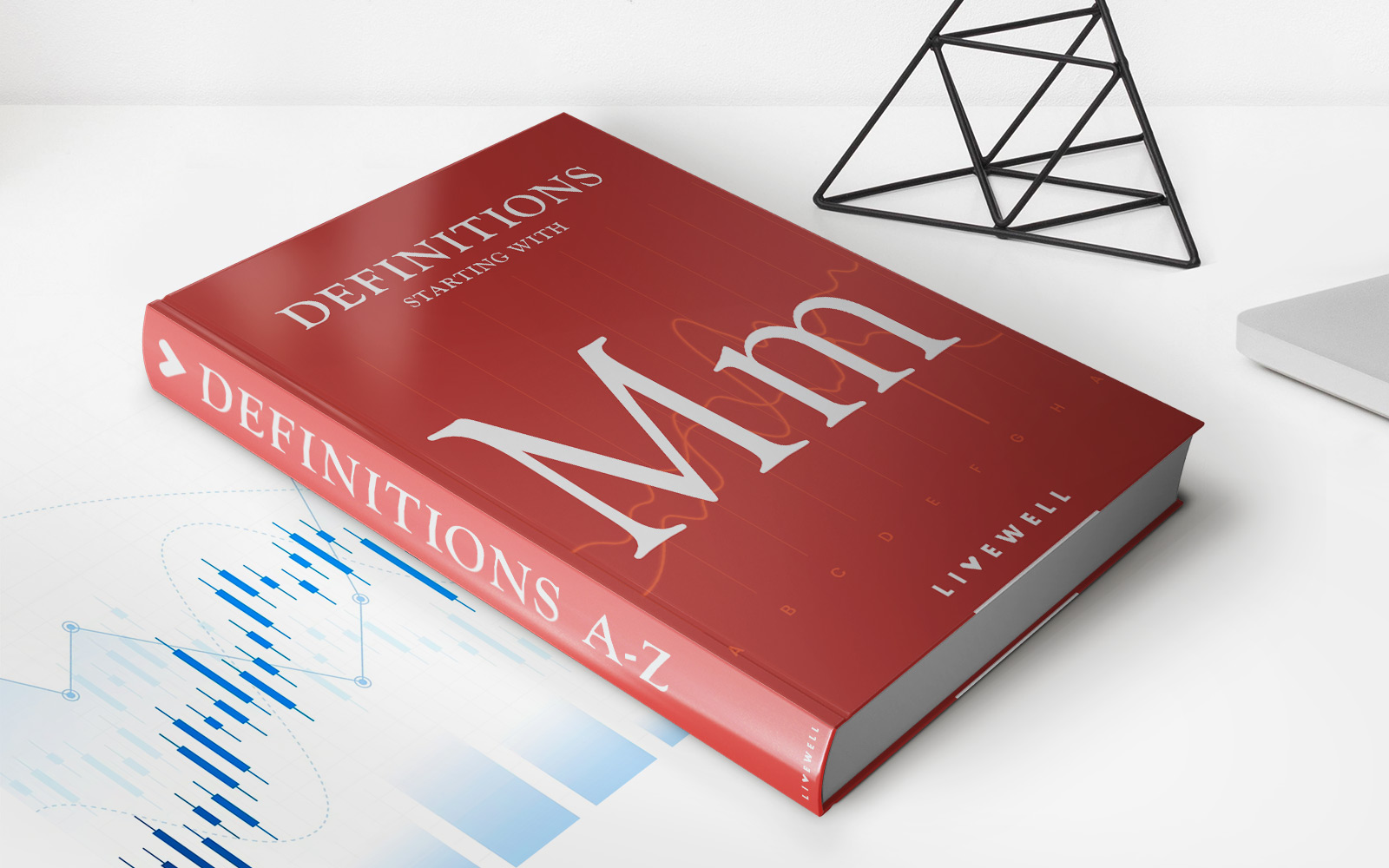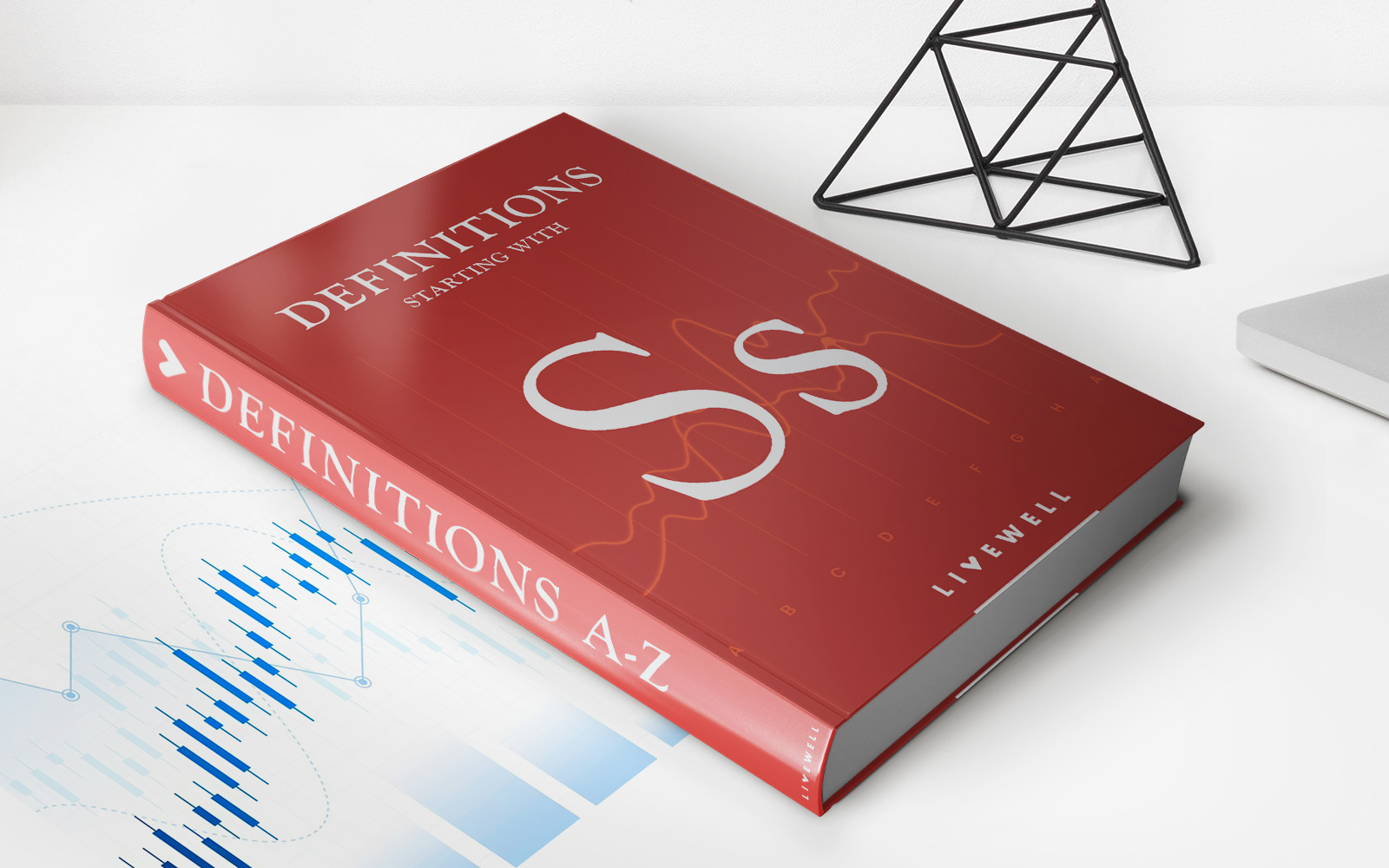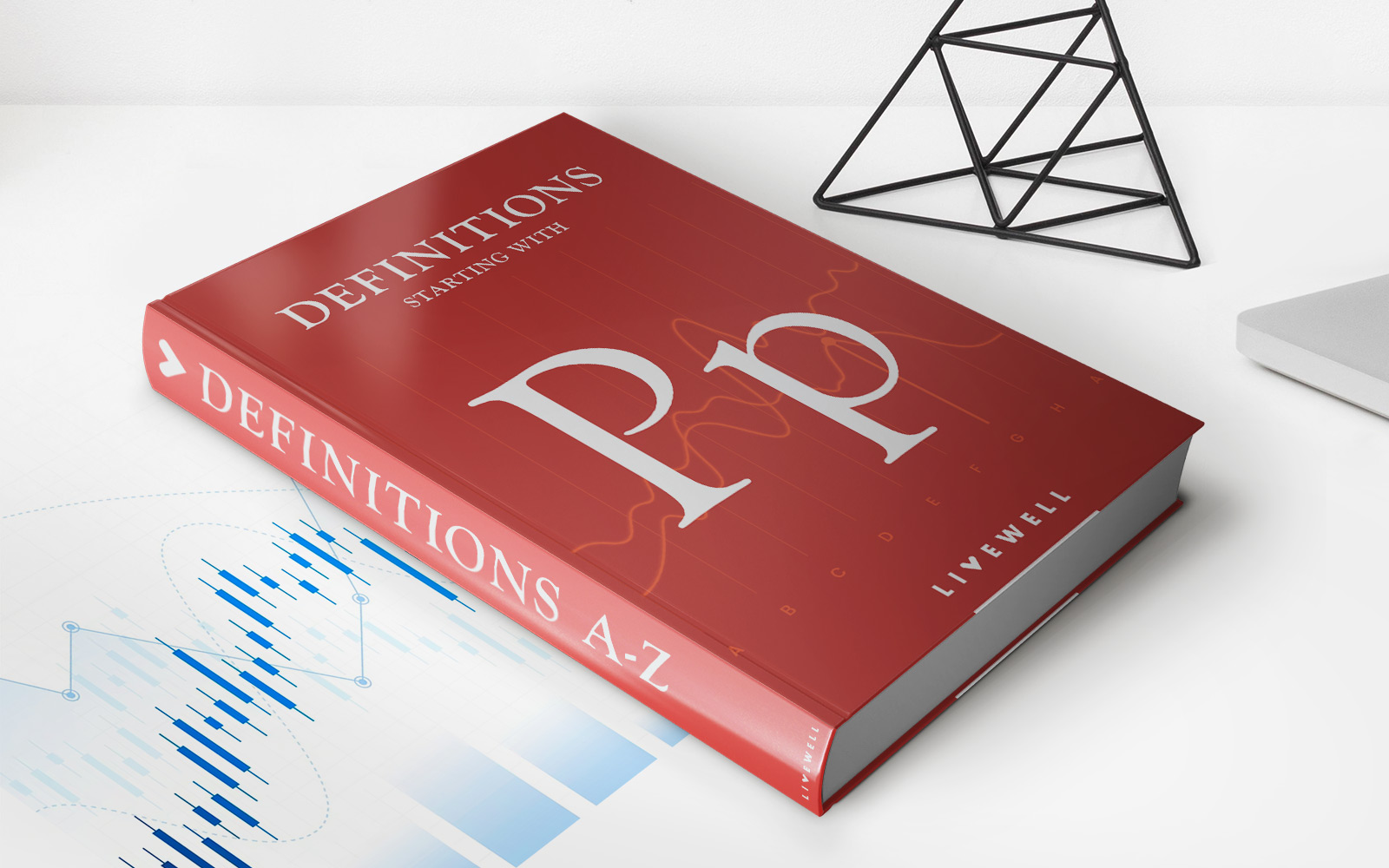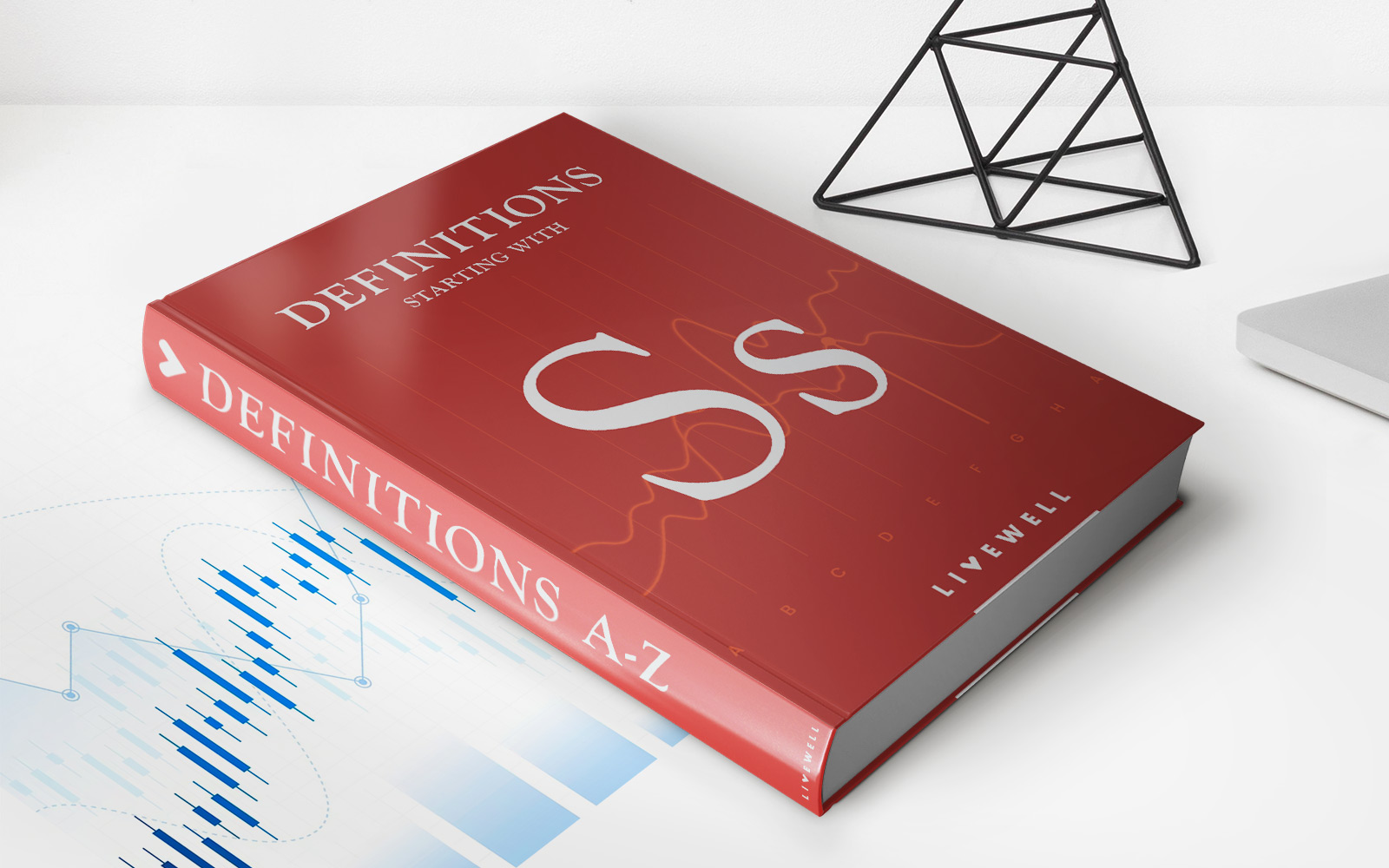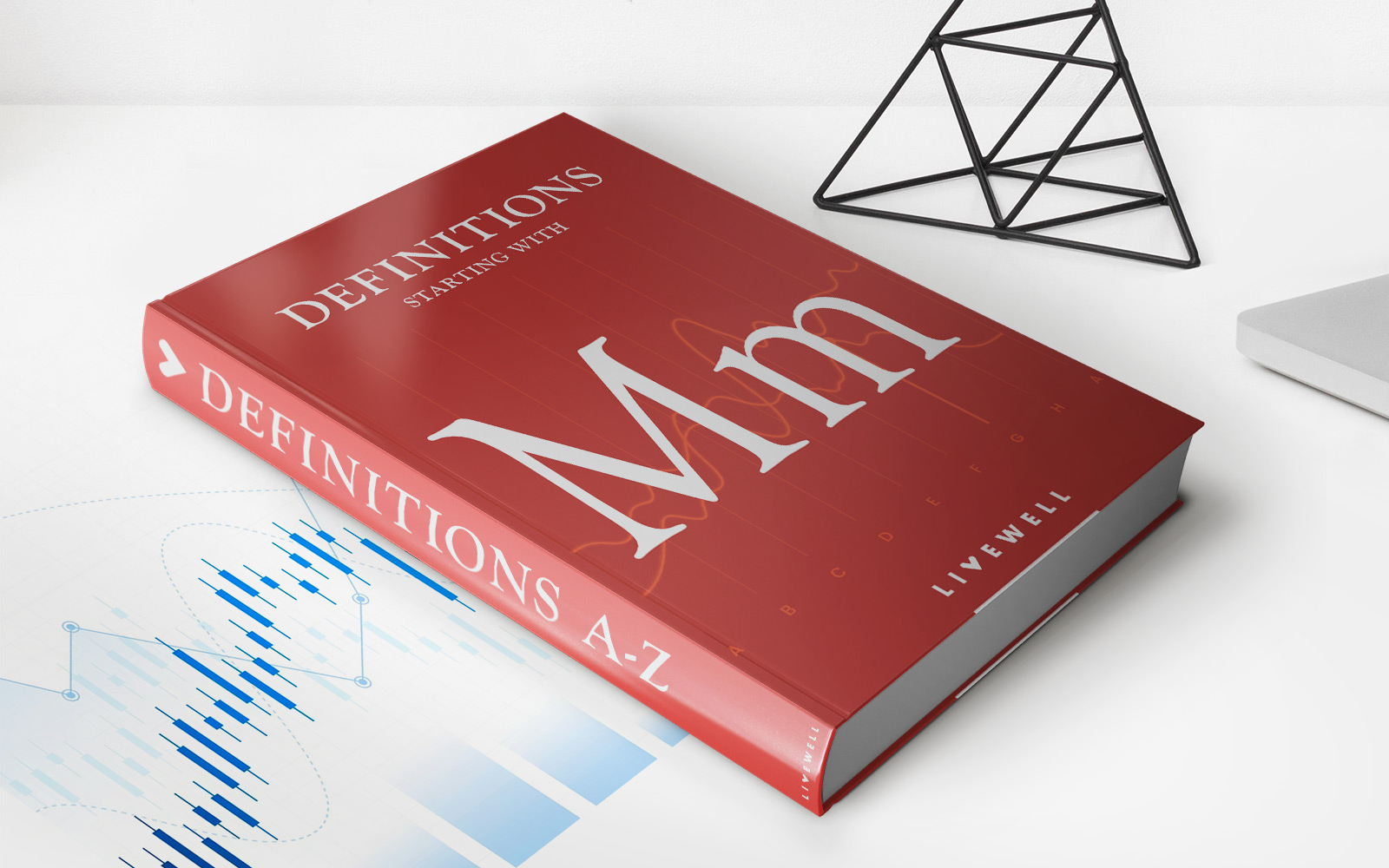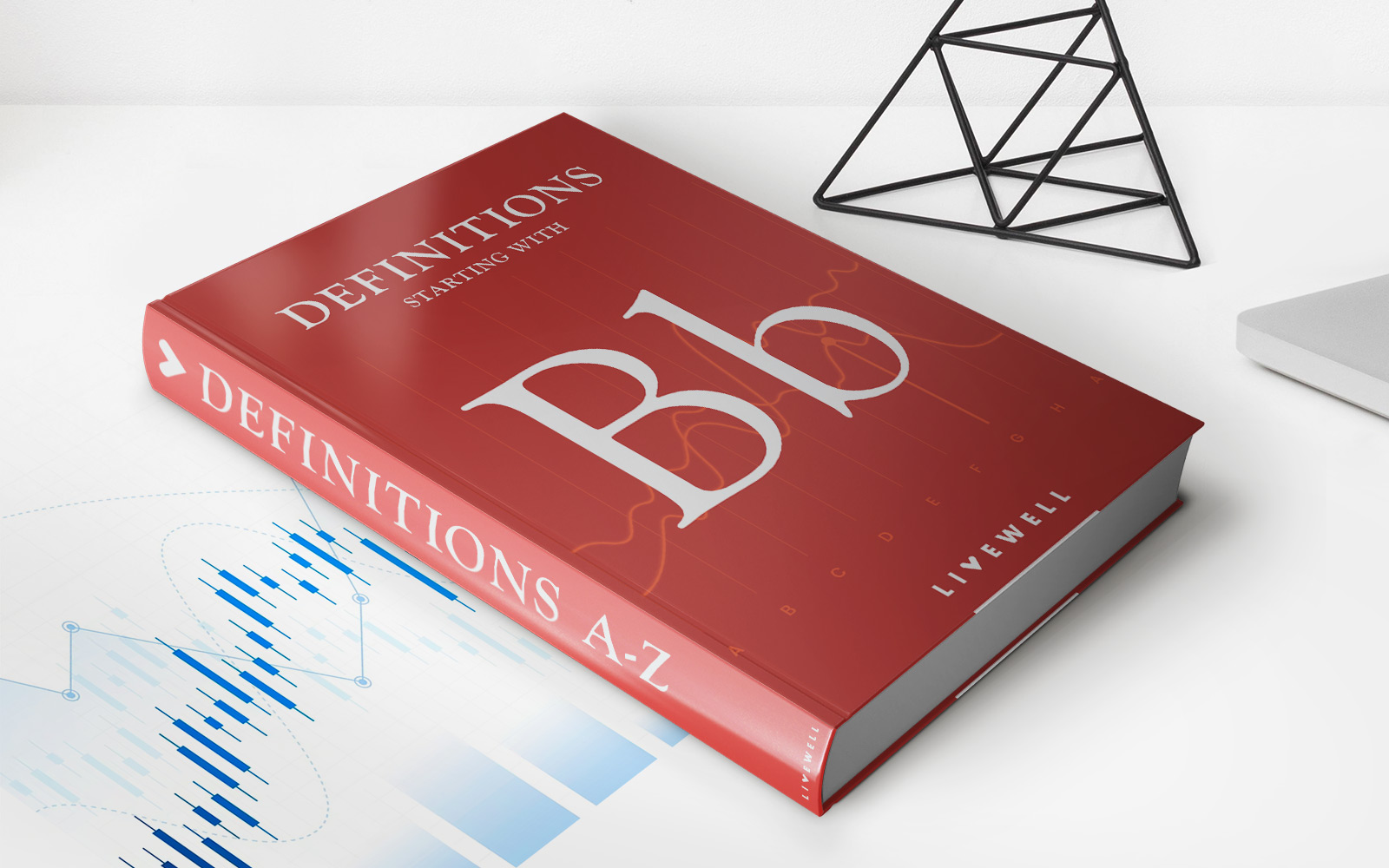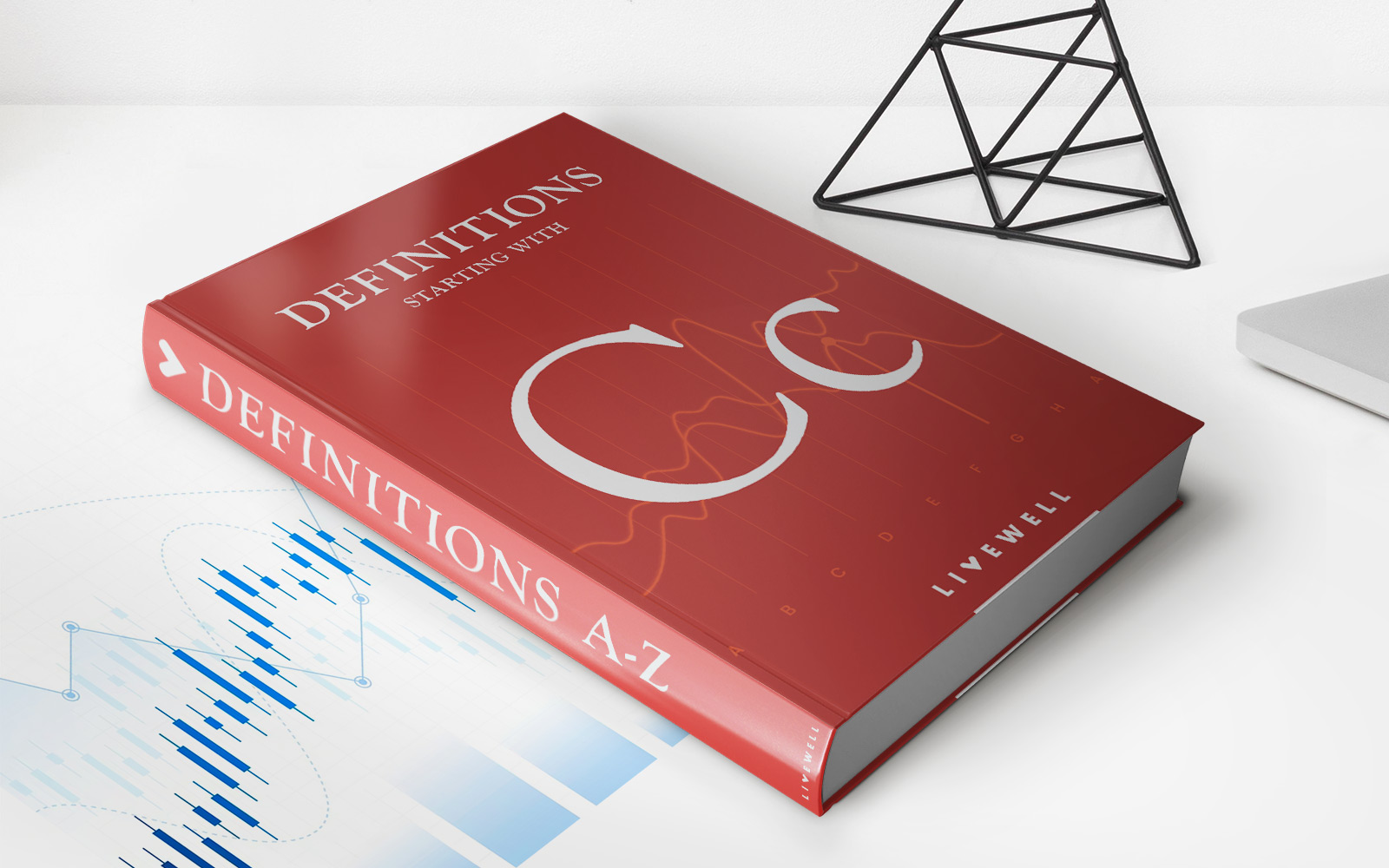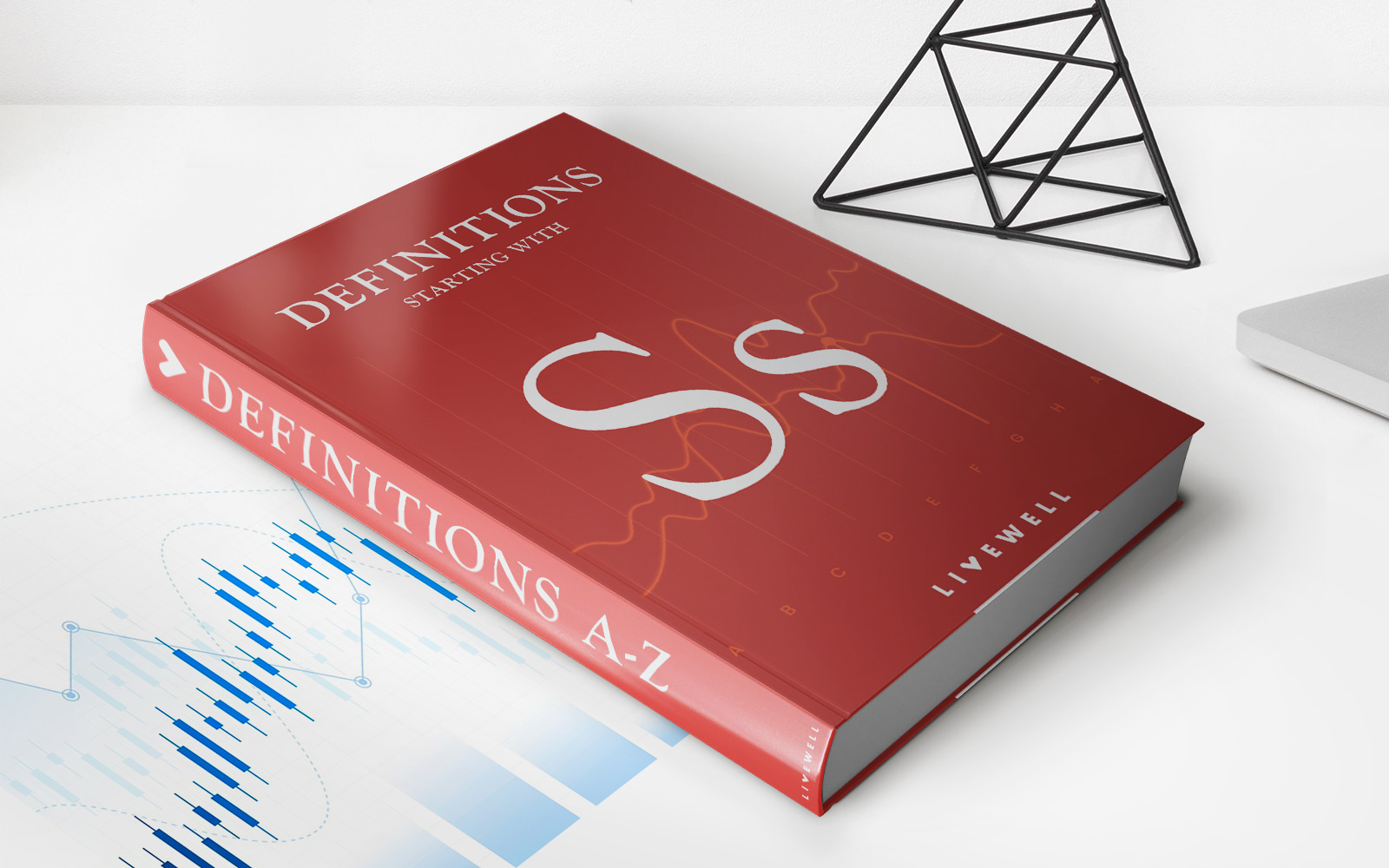Home>Finance>Primary Market: Definition, Types, Examples, And Secondary
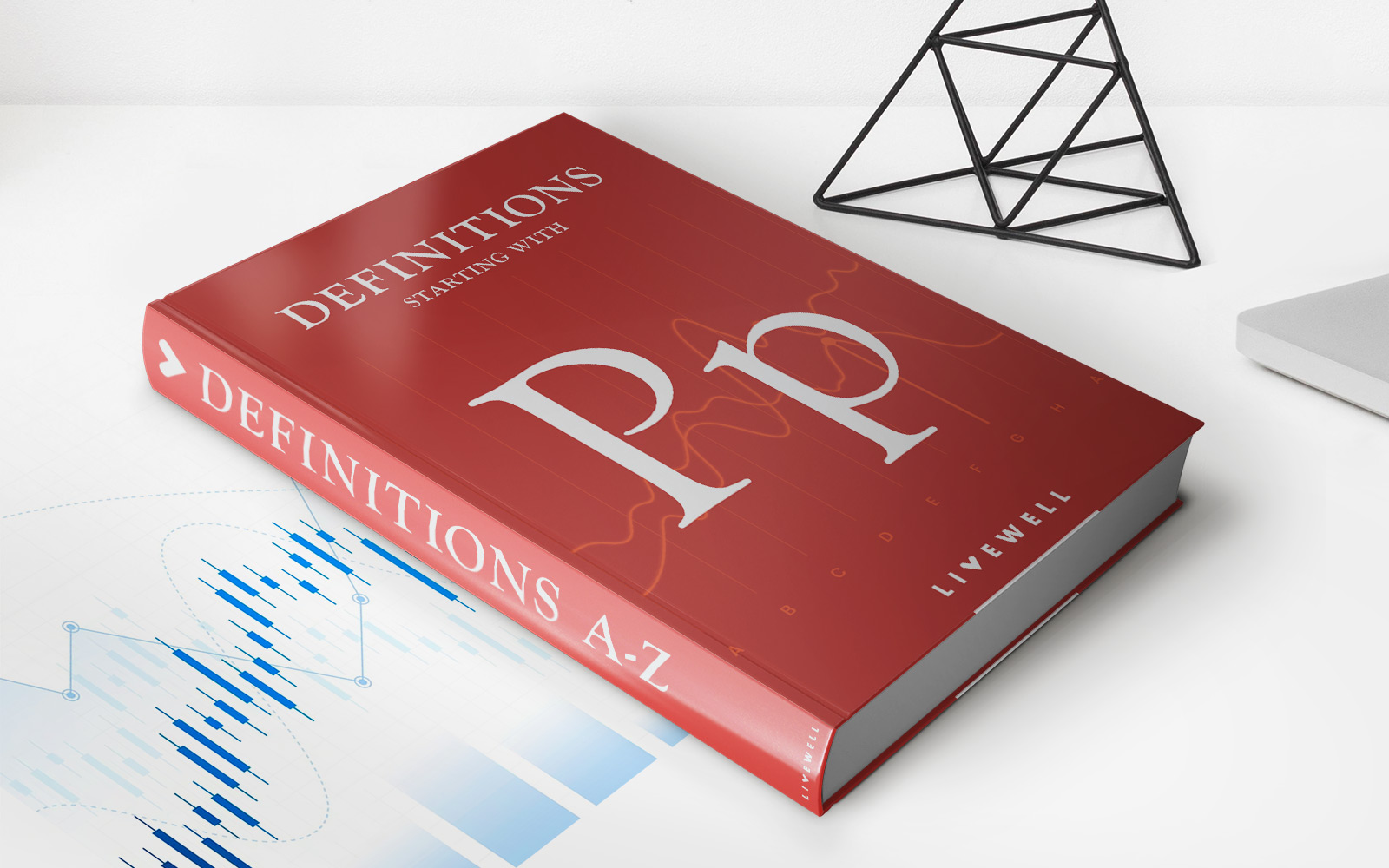

Finance
Primary Market: Definition, Types, Examples, And Secondary
Published: January 11, 2024
Learn about the primary market in finance, including its definition, types, and examples, as well as its relationship to the secondary market.
(Many of the links in this article redirect to a specific reviewed product. Your purchase of these products through affiliate links helps to generate commission for LiveWell, at no extra cost. Learn more)
Primary Market: Definition, Types, Examples, and Secondary
Welcome to our finance blog! In this category, we cover various topics related to the world of finance, including investments, markets, and more. Today, we are diving into the primary market, exploring its definition, types, examples, and its relationship with the secondary market. So, let’s jump right in and get a better understanding of what the primary market is all about!
Key Takeaways:
- The primary market is where new securities are created and sold for the first time through initial public offerings (IPOs) or private placements.
- Investors in the primary market have the opportunity to purchase securities directly from the issuer, often at the offering price set by the company.
What is the Primary Market?
The primary market, also known as the new issue market, is where securities are created and sold by companies or governments for the first time. It is the market where companies raise capital by offering their stocks or bonds to investors. In the primary market, companies can generate funds to finance new projects, expand their business, or pay off existing debt.
But how does the primary market work? Companies typically issue securities through two main methods:
- Initial Public Offerings (IPOs): This is when a private company decides to become publicly traded and offer its shares to the general public for the first time. Through an IPO, a company sells its shares to investors on a stock exchange. This process may involve considerable preparation, including financial disclosures, underwriting, and regulatory compliance.
- Private Placements: In contrast to IPOs, private placements involve selling securities directly to a select group of investors. Typically, this method is favored by large institutions, such as pension funds, insurance companies, or private equity firms. Private placements come with certain restrictions, limiting the number of investors and requiring compliance with legal regulations.
Types of Securities Issued in the Primary Market
In the primary market, companies can issue various types of securities, depending on their objectives and strategies. The most common types of securities include:
- Equity: Equity securities represent ownership in a company and are issued as common stock or preferred stock. Investors holding equity securities have the potential to earn a share of the company’s profits and participate in its decision-making process.
- Debt: Debt securities, such as bonds or debentures, represent a loan made by investors to the issuing company. Investors receive regular interest payments and the return of their principal investment upon maturity.
Examples of the Primary Market
To gain a clearer understanding, let’s look at a couple of examples that illustrate the primary market:
- Company X’s IPO: Company X, a technology startup, decides to go public and offers its shares to the general public through an IPO. Investors intrigued by the company’s prospects and growth potential have the opportunity to purchase shares directly from the company, providing Company X with the funds it needs for expansion. As a result, Company X’s shares become publicly traded on a stock exchange.
- Government Bond Issuance: A government issues bonds to fund public projects or meet its financial obligations. These bonds are sold to various investors, such as institutions or individuals, in the primary market. The government pays periodic interest to bondholders and repays the principal amount upon bond maturity.
Primary Market and Secondary Market
While the primary market is where securities are initially issued, the secondary market is where they are subsequently traded among investors. The secondary market includes stock exchanges, where investors can buy and sell securities that were previously issued in the primary market.
In summary, the primary market is essential for companies and governments to raise capital. Investors have the opportunity to purchase securities directly from the issuer and become part of a company’s growth story. Understanding the primary market is crucial for those looking to venture into the exciting world of investing and finance.
Thank you for joining us on this insightful journey into the primary market. We hope you found this blog post helpful in your quest to understand the intricacies of finance. Stay tuned for more informative articles in our finance category!
